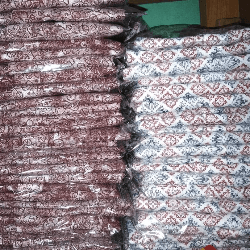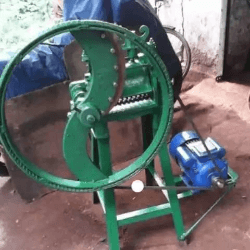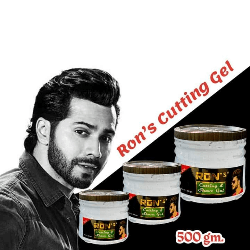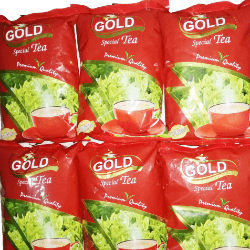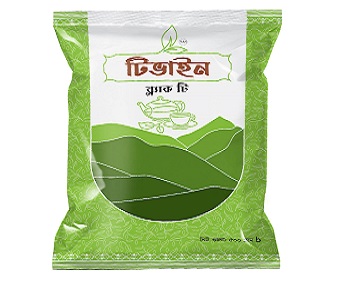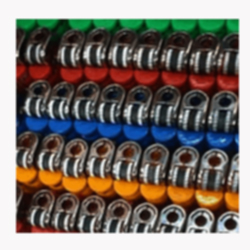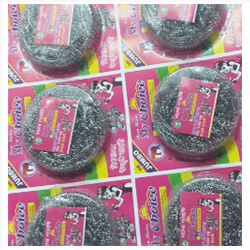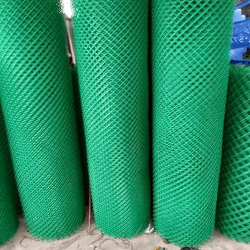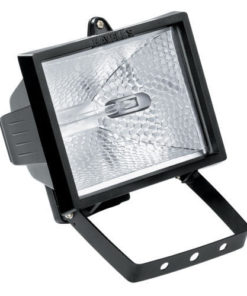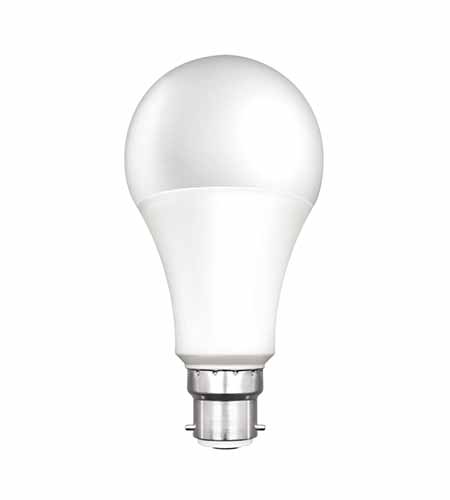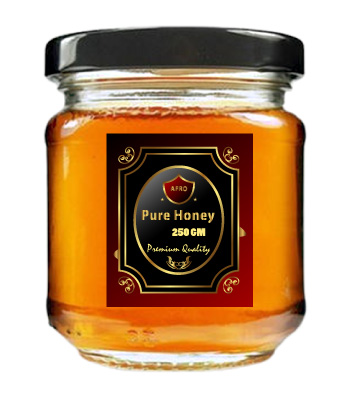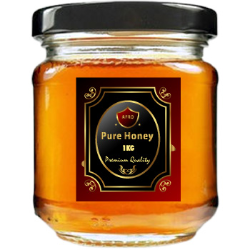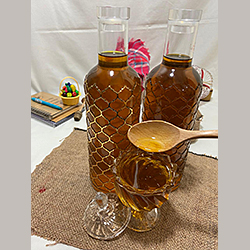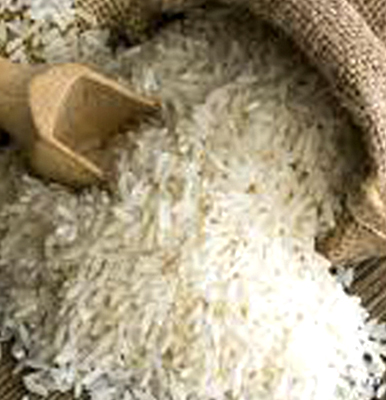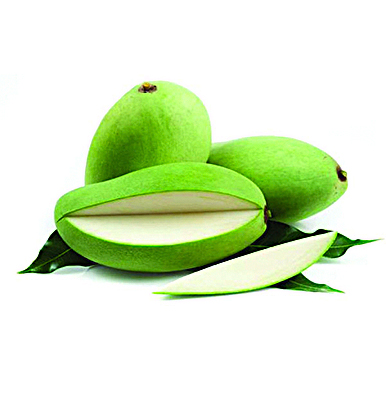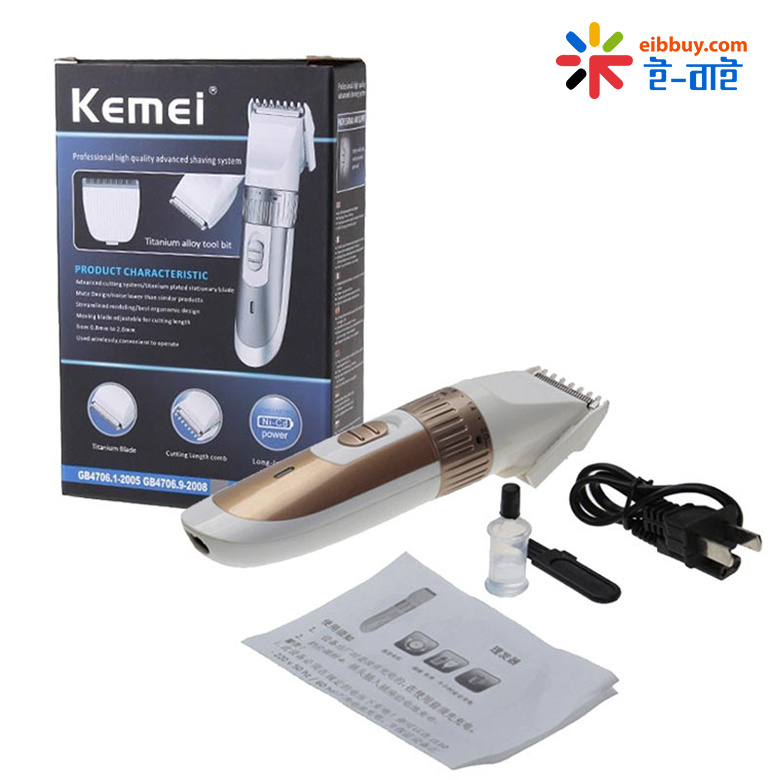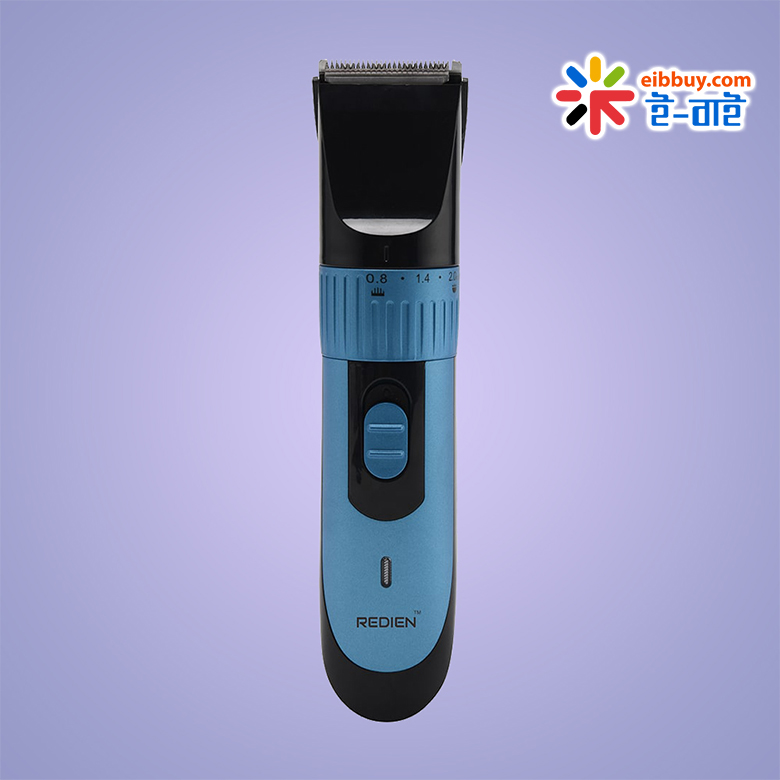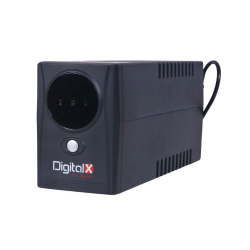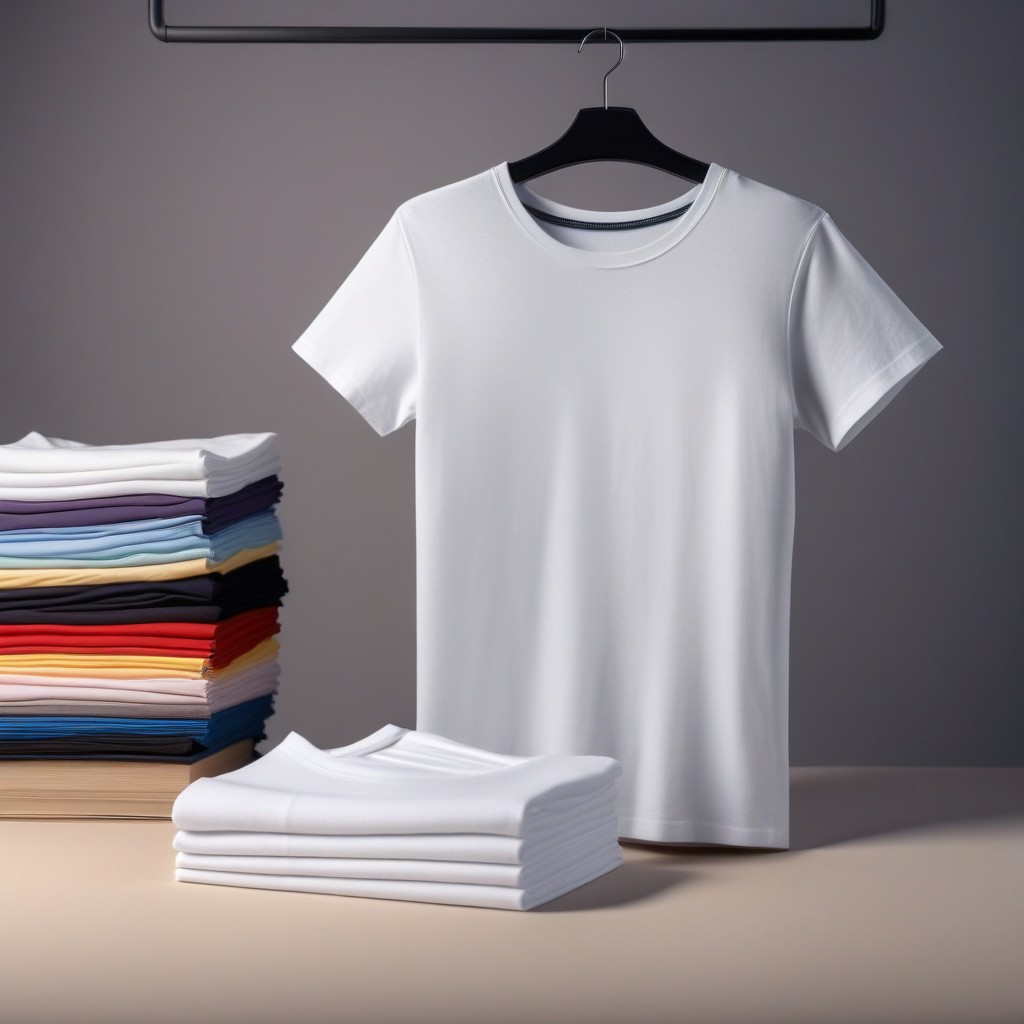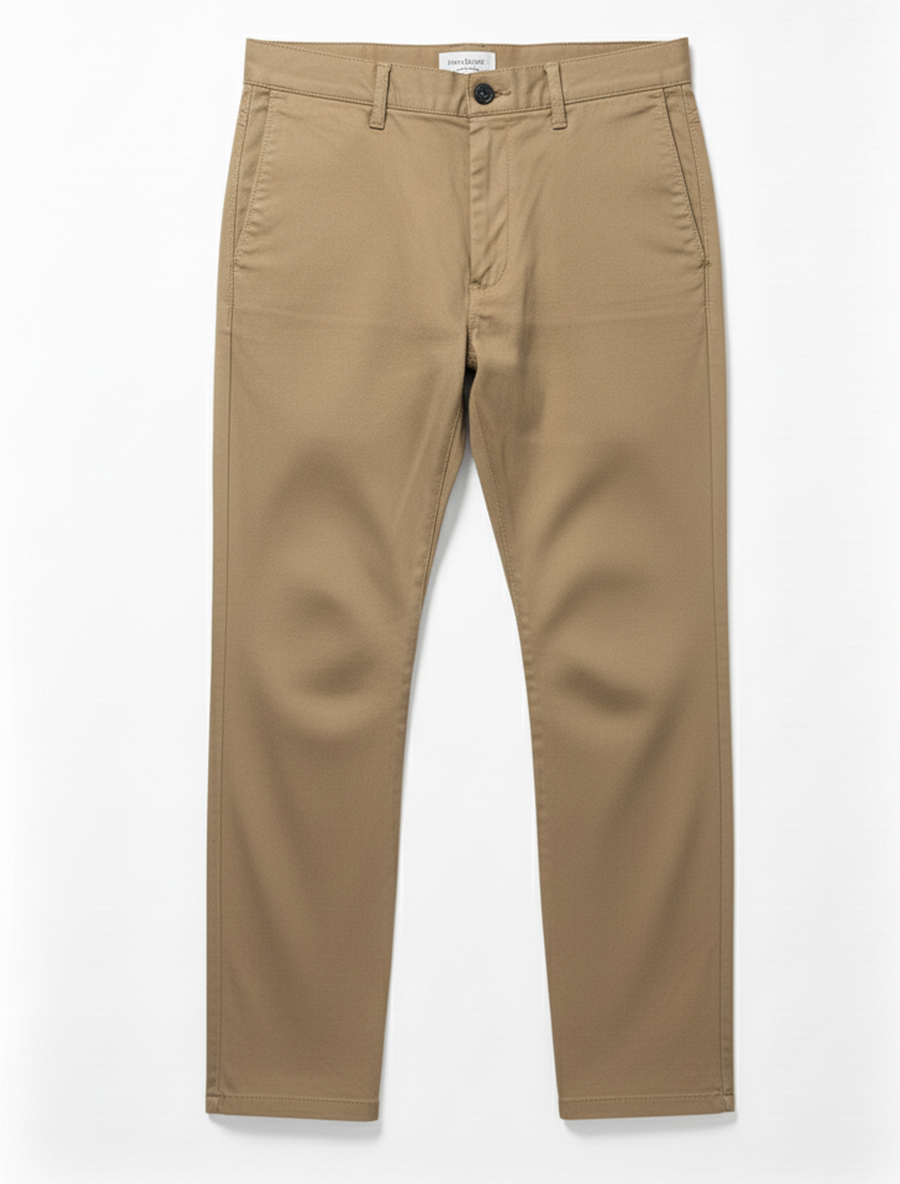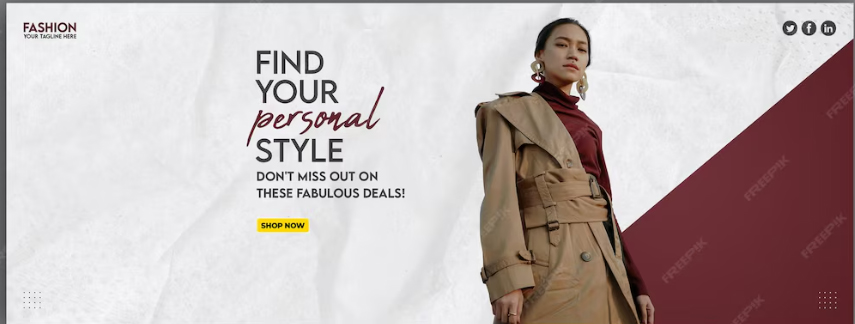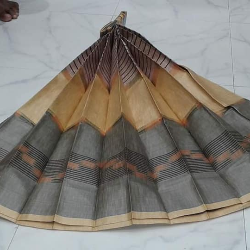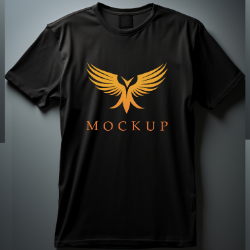
Product Details
Creating a branded T-shirt involves several steps, from design to production. Here's a step-by-step guide to help you get started:
1. Conceptualize Your Brand
- Define your brand identity: What does your brand stand for? Is it minimalist, streetwear, athletic, or luxury? Think about the message or style you want to convey.
- Target audience: Identify who your customers are—age, gender, interests, lifestyle.
2. Design Your T-shirt
- Logo and graphics: Create a logo or graphic that represents your brand. You can hire a graphic designer or use design software like Adobe Illustrator, Canva, or even free tools like GIMP.
- Colors: Choose colors that reflect your brand's identity. Ensure the colors match well and maintain consistency across all designs.
- Typography: Select fonts that fit your brand style, especially if you're incorporating text.
- Mockups: Create mockups of your T-shirt design to visualize how the final product will look.
3. Choose the Right Fabric and T-shirt Style
- Fabric: Decide on the material for your shirts. Common options include cotton, polyester, and blends. Cotton is breathable and soft, while polyester is durable and moisture-wicking.
- T-shirt styles: Consider different fits like crew neck, V-neck, slim fit, or oversized. Make sure the style aligns with your target audience and brand.
- Quality: High-quality fabric is essential if you want to create a long-lasting impression with your brand.
4. Printing Methods
Choose the best printing method based on your design and budget:
- Screen printing: Best for bulk orders, produces vibrant and durable designs.
- Direct-to-garment (DTG) printing: Suitable for small orders and complex designs with lots of colors.
- Heat transfer printing: Good for full-color designs but may not be as durable as screen printing.
- Embroidery: Great for a premium look and durability, but it’s typically used for logos rather than full designs.
5. Find a Manufacturer or Print-on-Demand Supplier
- Print-on-demand: Services like Printful, Printify, or Teespring allow you to create and sell branded T-shirts without worrying about inventory. You upload your designs, and they handle the printing, shipping, and customer service.
- Bulk manufacturing: If you're going for a more personalized approach, find a local or international manufacturer. Make sure to request samples before placing a bulk order.
6. Branding and Packaging
- Custom labels: Add your brand label to the T-shirts. You can include washing instructions, your logo, and the size tag.
- Packaging: Custom packaging can add a premium feel to your brand. Consider branded boxes or eco-friendly packaging options.
7. Marketing and Selling
- Build an online presence: Create a website or use platforms like Etsy, Shopify, or Instagram to showcase your T-shirts.
- Social media marketing: Promote your brand on Instagram, Facebook, TikTok, etc. Use influencer collaborations or ads to reach your target audience.
- Create a story: Your brand should tell a story that resonates with your audience. Whether it’s about sustainability, creativity, or community, make sure it’s clear in your messaging.
8. Pricing
- Cost of production: Factor in the costs of materials, printing, packaging, and shipping.
- Competitor research: Check what similar brands are charging and adjust your price accordingly.
- Profit margin: Ensure you're leaving room for a decent profit margin after considering all expenses.
Once you have everything ready, you can launch your T-shirt brand and promote it to the world.
Creating a branded T-shirt cheap price bagnladesh t shirt
💎 Contact for Price
Call for Quote
0 items in stock
Minimum Order
৩০০ পিস
৩০০ পিস
Delivery Time
7 days
7 days
Brand
কাস্টমাইজড
কাস্টমাইজড
Weight
180GSM
180GSM
Supplier Information

Haque Textile
59 Products
Joined 2023
Premium quality products with excellent customer service. Trusted by thousands of customers worldwide.
Verified Supplier
Fast Shipping
Quality Guaranteed
2017
© 2026 eibbuy. All Rights Reserved.
Developed By
eibbuy.com















